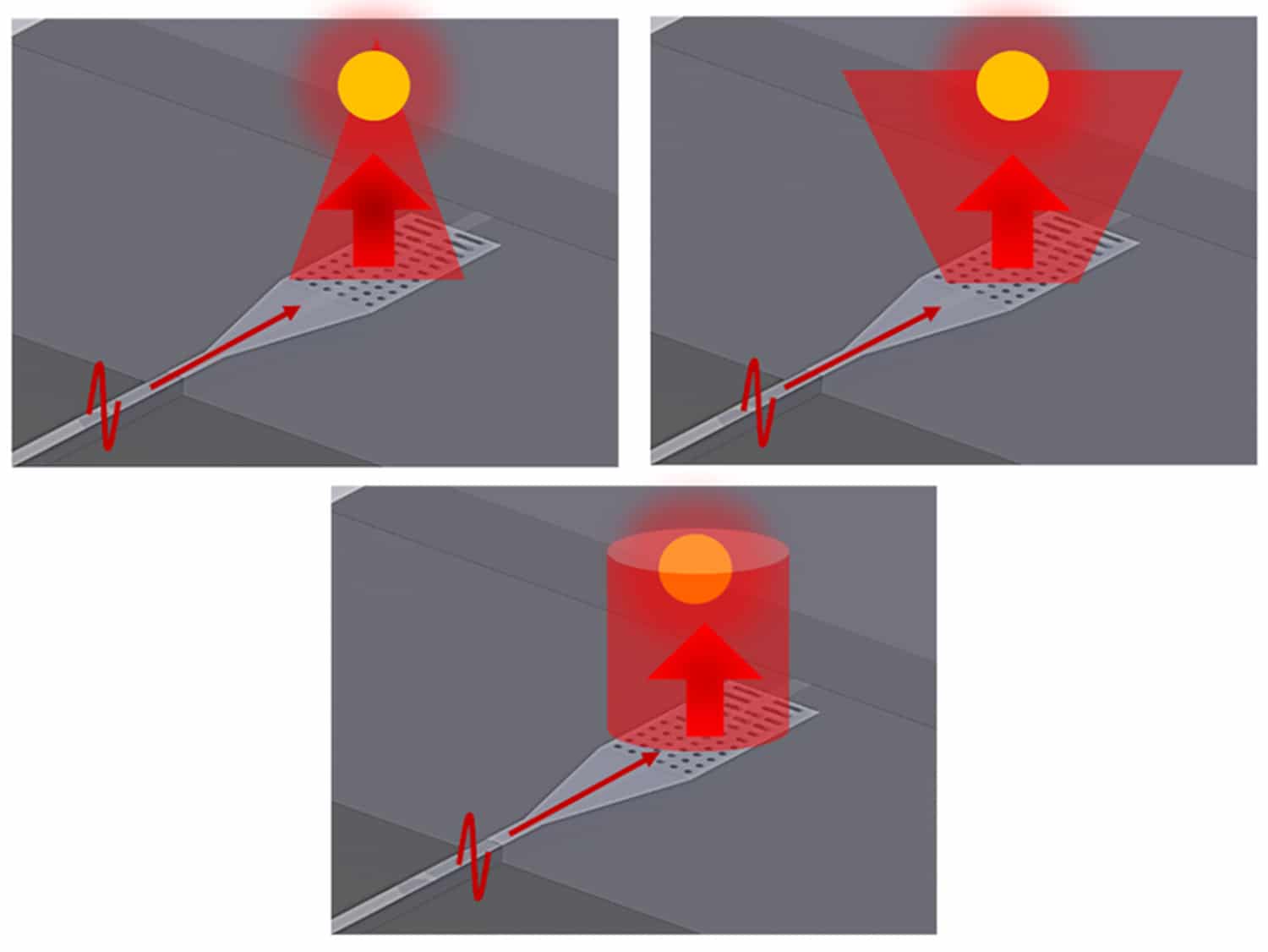
For years, lit has been used to detect material by observing how that light interacts with the material. This task is performed by shining a light beam on the material, then analyzing that light after it passes through the material.
As all materials interact with light differently, an analysis of the light that passes through the material provides a kind of “fingerprint” for that material.
However, while researchers have made great strides toward miniaturizing the sensor for detecting and analyzing the light that has passed through a given material, a miniaturized and appropriately shaped light beam—or flashlight—remains a challenge.
Now, MIT scientists have built a powerful nanoscale flashlight on a chip that could potentially turn cell phones into sensors capable of detecting viruses and other minuscule objects as scientists noted, their approach ave wide applications such as creating a variety of other nano flashlights with different beam characteristics.
More importantly, scientists have come up with a device with existing fabrication technologies familiar to the microelectronics industry.
The work represents an essential advance in the use of silicon photonics for the manipulation of light waves on microchips for sensor applications.
Ph.D. candidate Robin Singh SM ’18, who is the lead author of both papers, said, “Silicon photonics has so much potential to improve and miniaturize the existing bench-scale biosensing schemes. We just need smarter design strategies to tap its full potential. This work shows one such approach.”
Dawn Tan, an associate professor at the Singapore University of Technology and Design who was not involved in the research, said, “This work is significant, and represents a new paradigm of photonic device design, enabling enhancements in the manipulation of optical beams.”
Scientists used multiple computer modeling tools to create the overall design. These included conventional approaches based on the physics involved in the propagation and manipulation of light and more cutting-edge machine-learning techniques in which the computer is taught to predict potential solutions using vast amounts of data.
Brian W. Anthony, a principal research scientist in MIT’s Department of Mechanical Engineering, said, “If we show the computer many examples of nano flashlights, it can learn how to make better flashlights. Ultimately, we can then tell the computer the pattern of light that we want, and it will tell us what the design of the flashlight needs to be.
Scientists later used the design to create a specific flashlight with a collimated beam. The overall flashlight that the researchers made involved some 500 rectangular nanoscale structures of different dimensions,
The beam was five times more powerful than is possible with conventional structures.
Singh said, “It was great to see through a microscope what I had designed on a computer. Then we tested it, and it worked!”
Journal References:
- Paper: “Inverse design of photonic meta-structure for beam collimation in on-chip sensing.“
- Paper: “Design of optical meta-structures with applications to beam engineering using deep learning“.
Continue reading New powerful nanoscale flashlight could someday turn cell phones into sensors on Tech Explorist.
0 comments:
Post a Comment